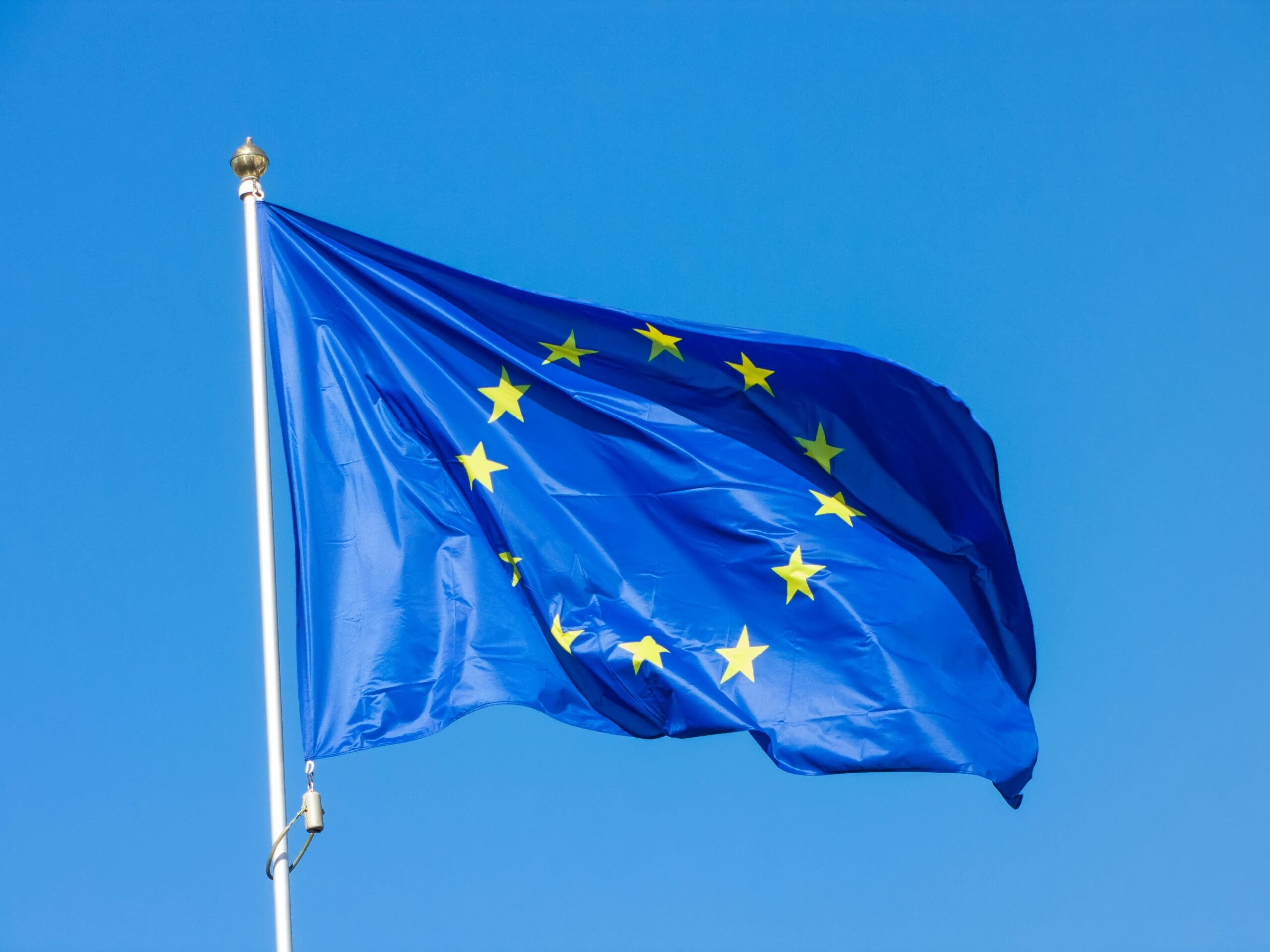The EU Deforestation Regulation (EUDR) has made headlines for its bold approach to tackling global forest loss through trade. But while most conversations focus on what companies have to do to comply, there’s another side that gets far less attention: how the regulation is actually enforced.
Behind the legal text is a system built on shared responsibilities. The European Commission sets the rules, but it doesn’t do the inspections. That job falls to each member state, along with customs officials who serve as the last checkpoint before goods enter or exit the EU. From Brussels to border posts, enforcement happens through a coordinated network of institutions – each with its own role in making sure forest-linked products meet strict new standards.
This article looks at how the enforcement system works in practice, who’s responsible for what, and why oversight is just as important as the regulation itself. If you’re wondering who’s keeping an eye on compliance, this is where it all starts.
Who’s Actually in Charge of Enforcement?
When the EU passes a regulation like the EUDR, it’s not just one institution calling the shots. Multiple layers of oversight are involved, and they each play a different role in making sure the law works the way it’s supposed to.
At the top is the European Commission, which sets the legal framework and oversees implementation across member states. But most of the hands-on enforcement happens at the national level, through the authorities appointed by each country. Meanwhile, customs officers manage the day-to-day checkpoints that ensure products entering or exiting the EU meet the required standards.
In short, the EU designs the system, member states run it, and border officials help guard it.
The Role of the European Commission
The European Commission is the policymaker. It drafted the EUDR, defined key terms like “deforestation-free,” and continues to manage the rulemaking process. This includes:
- Issuing updates, clarifications, and technical guidance
- Maintaining the central information platform where companies must file due diligence statements
- Running the country benchmarking system, which labels trading partners as low, standard, or high risk based on deforestation and legal compliance
The Commission also supports national enforcement with documents like FAQs, template checklists, and digital tools to help authorities evaluate whether companies are meeting their obligations.
That said, the Commission doesn’t run inspections. Its job is to make sure each country has the tools and systems needed to enforce the rules fairly and consistently.
Member States Are the Main Enforcers
Once the Commission sets the framework, it’s up to each EU country to enforce it. Every member state designates one or more competent authorities to handle oversight. These bodies are usually part of a ministry of environment, agriculture, or trade.
What exactly do they do? Their responsibilities include:
- Reviewing due diligence statements submitted by companies
- Conducting regular and unannounced inspections
- Following up on tips or substantiated concerns raised by third parties
- Issuing penalties if a company is found to be non-compliant
Each country has a bit of flexibility in how they organize their enforcement work. Some rely on digital audits, others use site inspections or third-party verification. What matters is that the core responsibilities are met and that enforcement is proportionate to the risk involved.
One key feature of this system is risk-based monitoring. Authorities are expected to focus more heavily on imports from high-risk countries, where the chances of illegal deforestation are higher. In contrast, products from low-risk countries are subject to fewer checks.
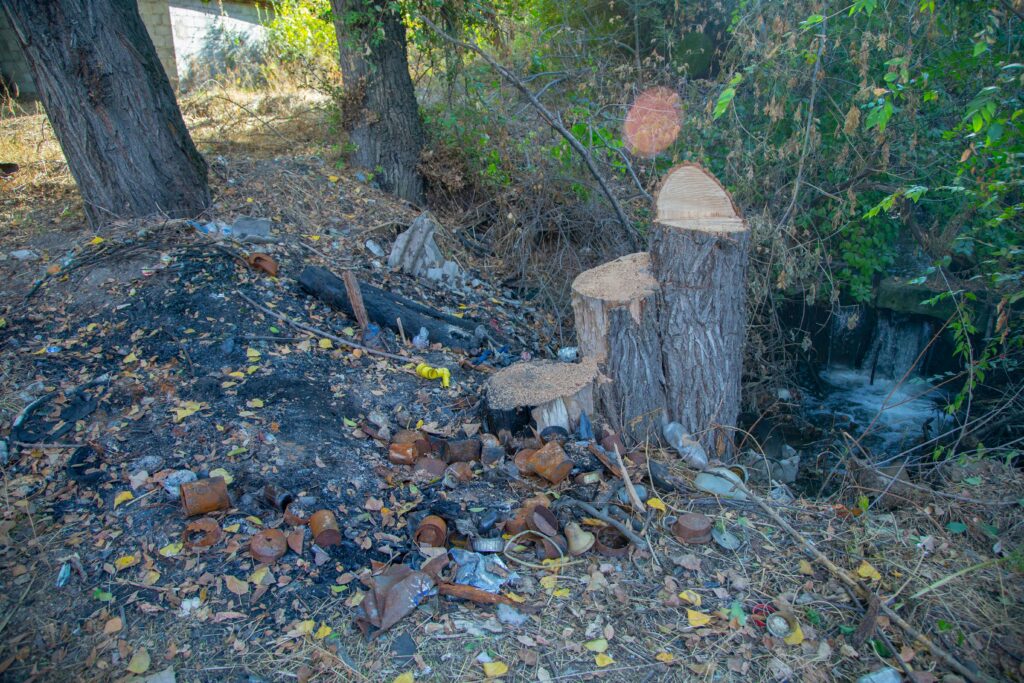
Customs Authorities as the Final Gatekeepers
While competent authorities oversee compliance within the country, customs agencies act as the border checkpoint. They don’t conduct full audits, but they make sure all the proper documents are in place before goods are allowed to cross into or out of the EU.
Their role includes:
- Checking that each shipment has a valid due diligence reference number
- Holding shipments if something seems suspicious
- Allowing or denying market access based on verification results
Think of customs as the stop sign at the end of the road. Without proper paperwork, the goods don’t move forward. If there’s any doubt, customs can pause the release and escalate the issue to national authorities for further review.
A Multi-Layered Oversight System
What makes this enforcement model work is that it’s distributed across different levels, yet still closely coordinated. The European Commission takes the lead in defining the standards and laying the foundation for how compliance should work. From there, each member state takes over the responsibility of putting those rules into action, running inspections, and following up with enforcement when necessary. Customs agencies act as the final checkpoint, making sure that no product enters or leaves the EU market without passing through the proper compliance filters.
This structure allows the EU to apply the same core rules across all 27 member states without relying on a one-size-fits-all approach. It gives each country the flexibility to tailor enforcement based on its own infrastructure, trade flows, and risk assessments, while still aligning with a shared regulatory goal.
Benchmarking Adds Predictability
One of the smartest enforcement tools the EU has introduced is the country benchmarking system. This classifies each trading country into one of three categories:
- Niskie ryzyko
- Standardowe ryzyko
- Wysokie ryzyko
Countries rated low risk see fewer inspections and faster processing. High-risk countries, on the other hand, are subject to closer scrutiny and more frequent checks. The classification also influences how much due diligence a company must perform before placing goods on the EU market.
The benchmarking system is managed by the European Commission but used by national authorities to guide inspection priorities. It’s updated regularly and based on both qualitative and quantitative indicators, including satellite imagery, law enforcement data, and forest management practices.
Not Just Compliance – Also Support
To make the regulation work across so many sectors and countries, the EU also provides technical support, especially to small businesses and partner countries outside the EU. This includes:
- Regular updates to compliance guidance
- Practical tools like forest observatories and digital dashboards
- Training sessions for national inspectors and customs staff
- Cooperation platforms like the Team Europe Initiative on Deforestation-Free Value Chains
The goal here isn’t just to penalize companies that break the rules. The EU wants to make it easier to comply, especially for producers in developing countries who might lack the tools or expertise to trace their supply chains in detail.
Public Transparency and Accountability
Unlike some trade regulations that operate behind closed doors, the EUDR emphasizes public accountability. The Commission can publish enforcement decisions, including the names of companies found in violation. This acts as a reputational check, especially for large importers.
Public visibility also extends to guidance documents, country classifications, and performance reports from member states. In other words, both companies and enforcement agencies know they’re being watched – not just by Brussels, but by the broader public.
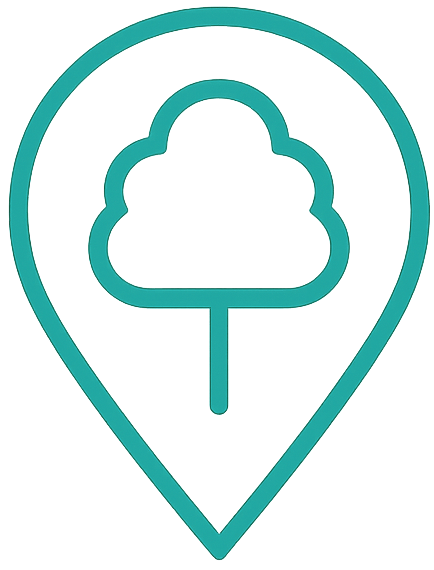
Helping Businesses Navigate the System
As companies adjust to the demands of the EUDR, we, at Zgodność z EUDR, see one thing clearly: enforcement isn’t just about penalties, it’s about preparation. From the moment the regulation was announced, our focus has been on helping businesses make sense of the rules and respond with precision. That’s why we built a system that takes the guesswork out of compliance. With satellite-based monitoring, automated due diligence reporting, and access to verified supply chain data, we help companies meet regulatory expectations without drowning in paperwork.
We’re not here to replace the enforcement system – we’re here to make it work more smoothly for the businesses navigating it. Whether you’re dealing with high-risk supply chains or just trying to prove you’re deforestation-free, our platform gives you the tools to comply confidently. Because staying compliant shouldn’t be harder than doing the right thing.
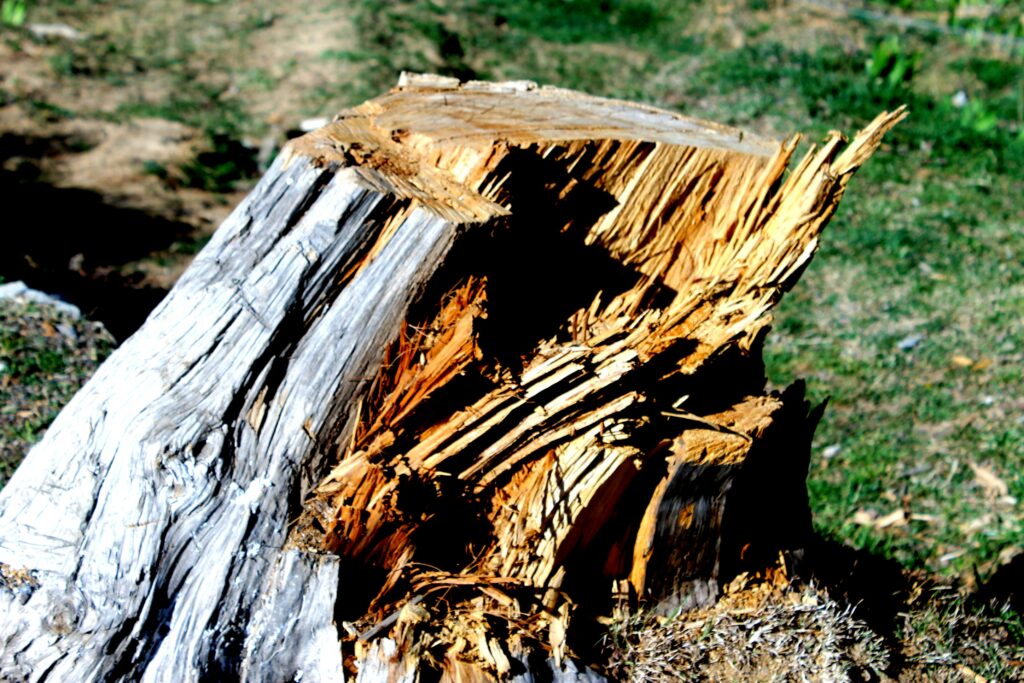
So, Who’s Watching the Watchers?
This is a fair question. What if a member state isn’t enforcing the rules properly?
The European Commission retains the power to investigate and take action against member states that fail to meet their responsibilities. It can open infringement proceedings, request reforms, or even take a country to the European Court of Justice. That’s how it keeps the enforcement system in check and ensures all 27 countries apply the regulation with consistency.
Wnioski
The EU Deforestation Regulation isn’t just a legal document – it’s a new way of thinking about responsibility in trade. For the first time, companies importing goods into Europe have to look all the way back to where their products begin, often thousands of miles away. That’s a major shift, and it’s reshaping how supply chains are built, managed, and verified.
Enforcement may seem like the invisible side of this system, but it’s what keeps everything running. The European Commission sets the direction, national authorities make sure the rules are followed, and customs officials act as the final checkpoint. Together, they’ve built a structure that balances accountability with practicality. It’s not perfect, but it’s a step toward real global transparency. And as tools like EUDR Compliance make monitoring easier, businesses have more ways to stay on the right side of the law while supporting a greener future.
Często zadawane pytania
What is the main goal of the EU Deforestation Regulation?
The goal is to ensure that products sold in or exported from the EU do not contribute to deforestation or forest degradation. It forces companies to trace their supply chains and prove their goods were produced legally and sustainably.
Who enforces the regulation in each country?
Each EU member state designates its own competent authorities, usually within environmental or agricultural ministries, to carry out inspections, review due diligence statements, and handle penalties when rules are broken.
Does the European Commission conduct inspections itself?
No. The Commission sets the framework and provides oversight, but inspections are carried out by the national authorities of each member state. The Commission’s role is to ensure all countries enforce the law consistently and to step in when they don’t.
How does the EU decide which countries are high or low risk?
The European Commission uses a benchmarking system that looks at satellite data, forest management practices, law enforcement strength, and other factors. Countries are labeled as low, standard, or high risk depending on how likely they are to be linked to deforestation.
What happens if a company doesn’t comply with the EUDR?
Non-compliance can lead to serious consequences, including financial penalties, confiscation of goods, or temporary bans from the EU market. In some cases, the names of non-compliant companies may be made public.

